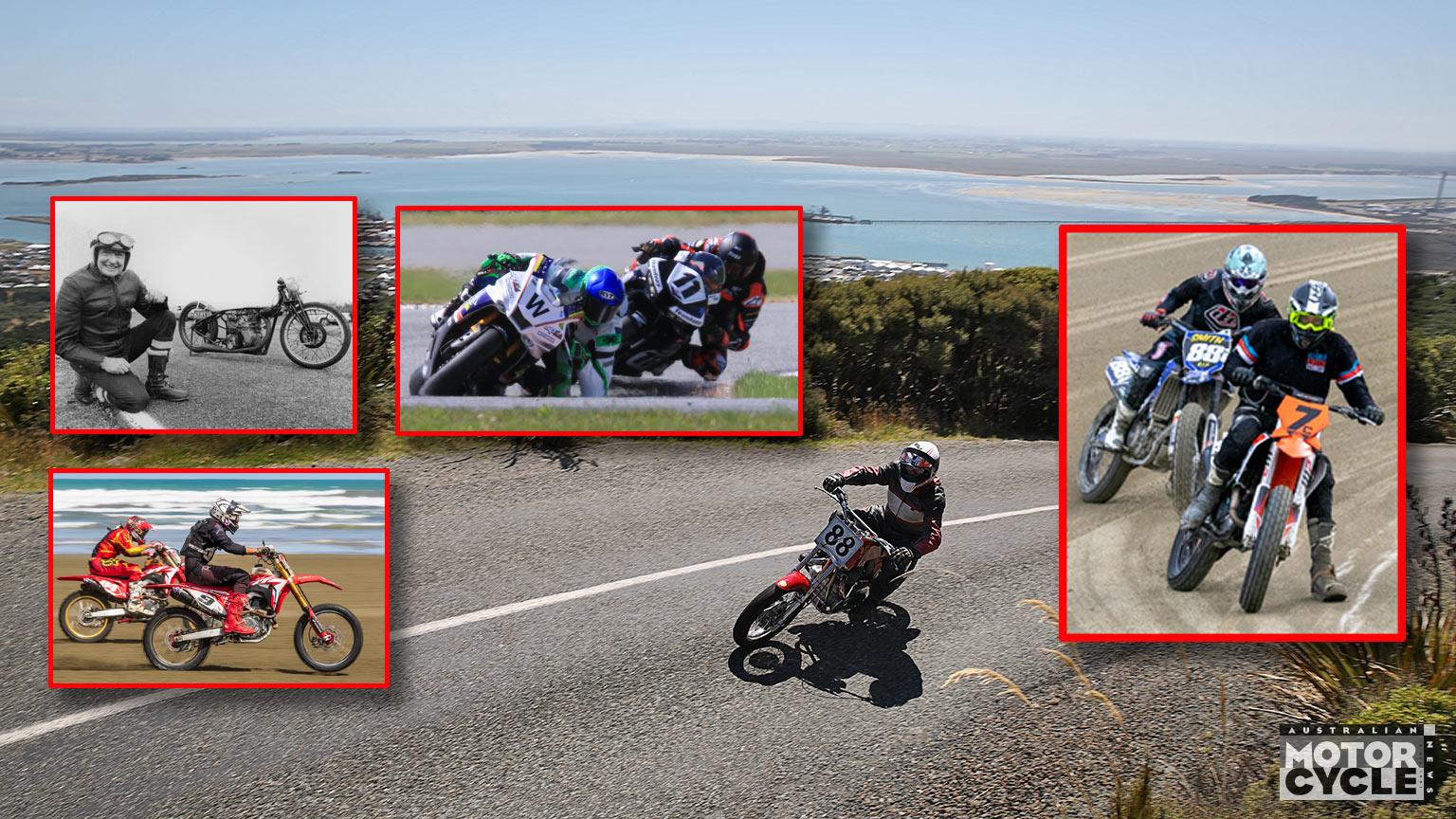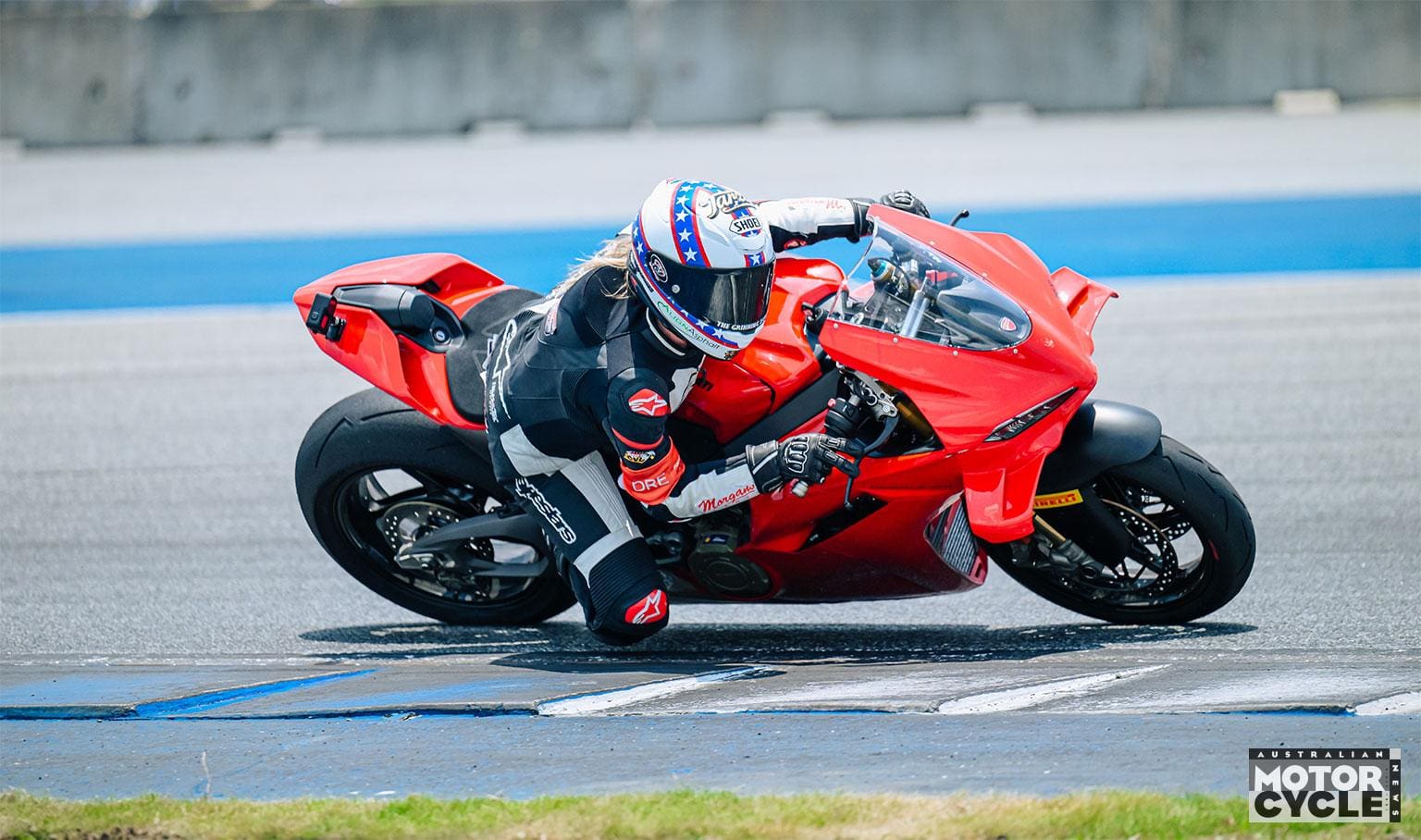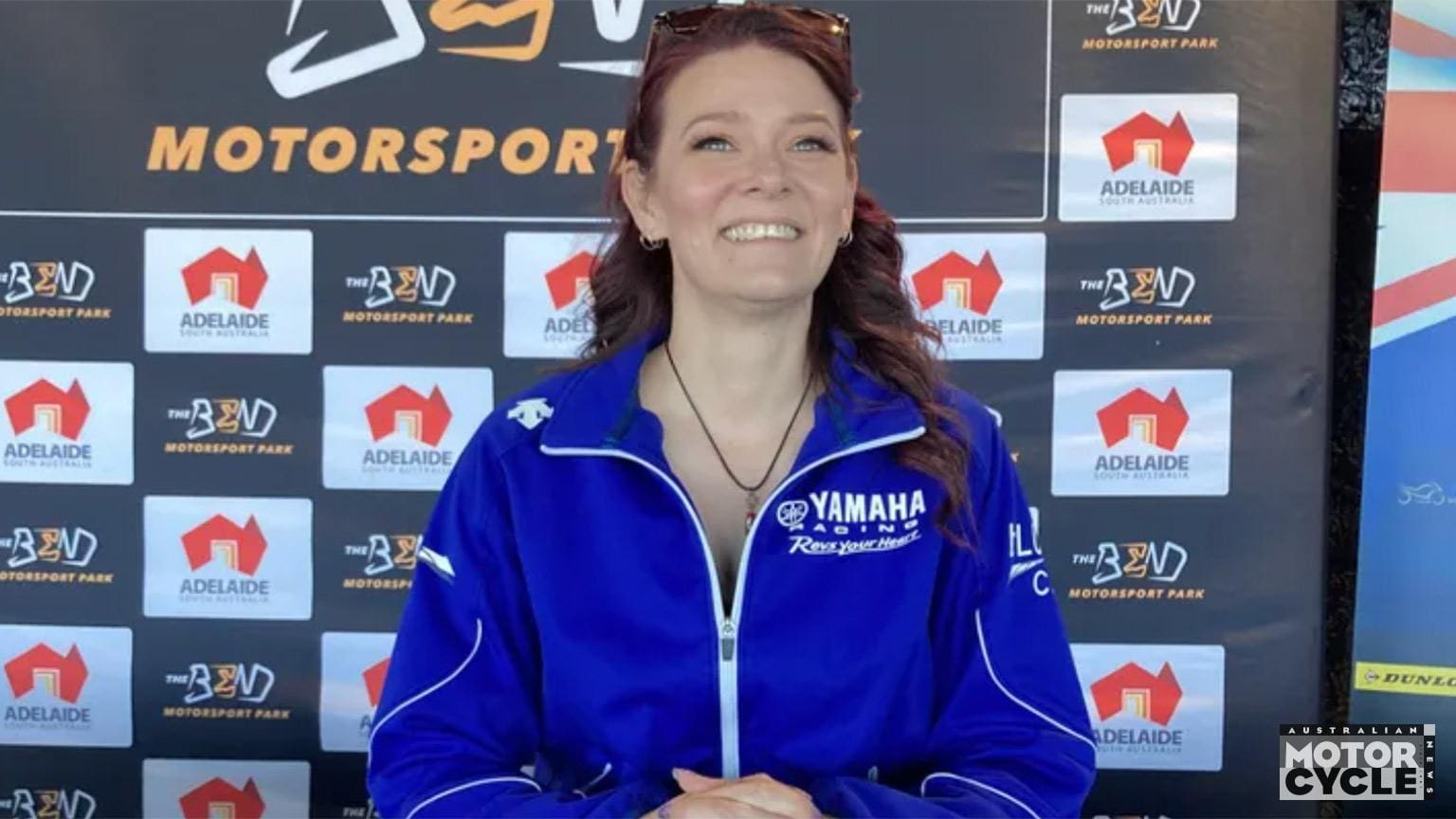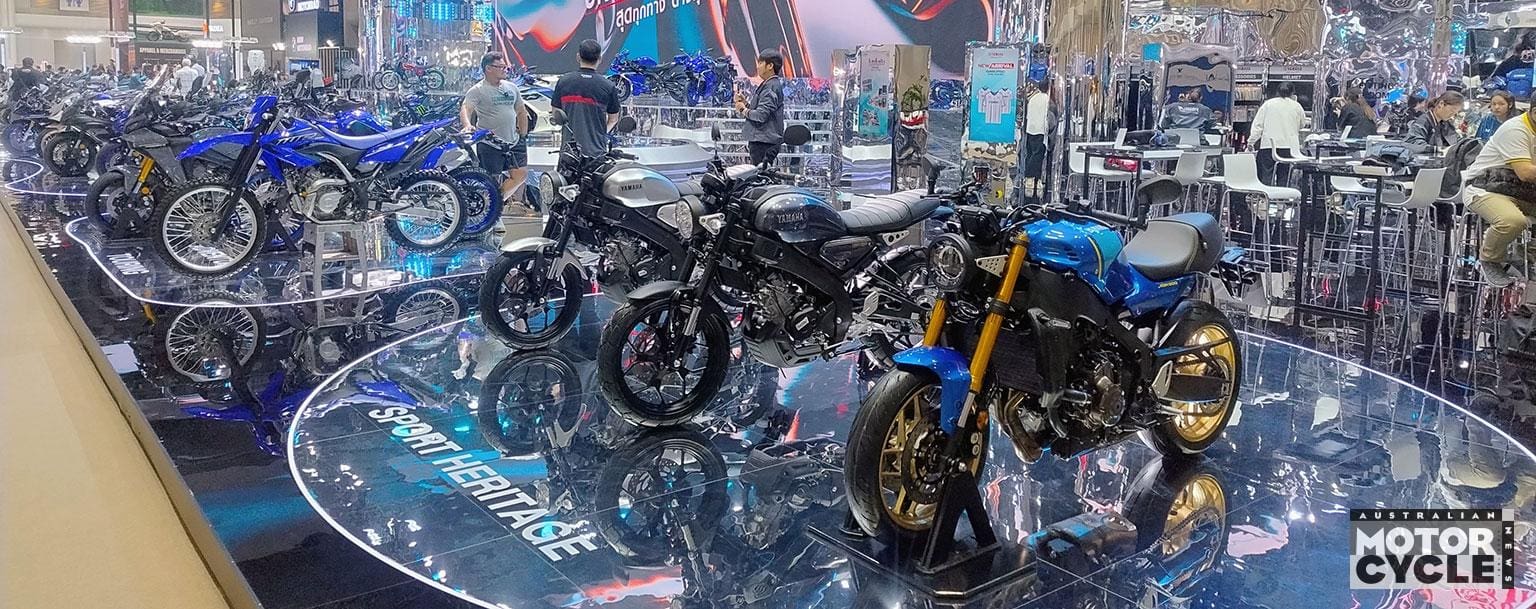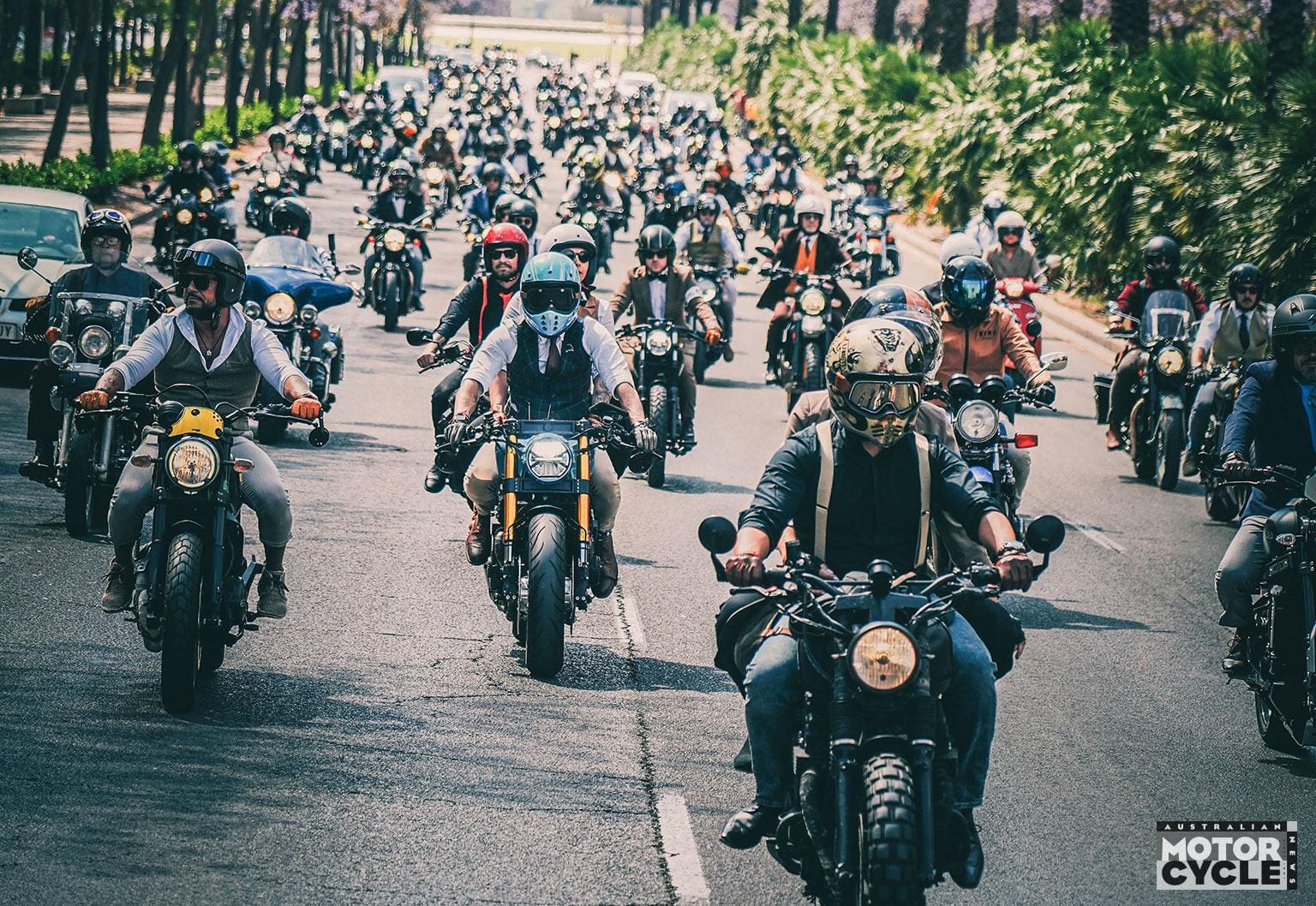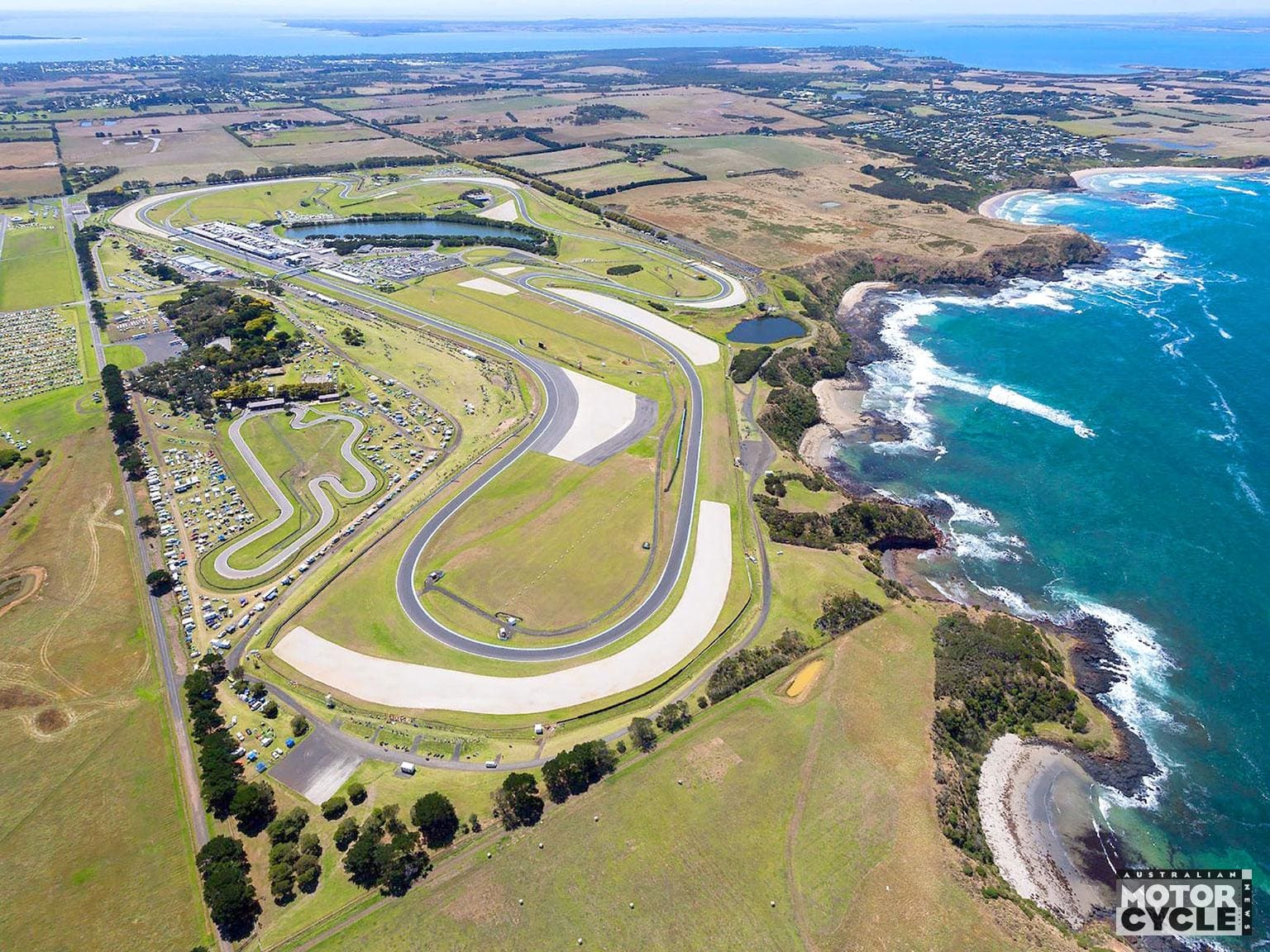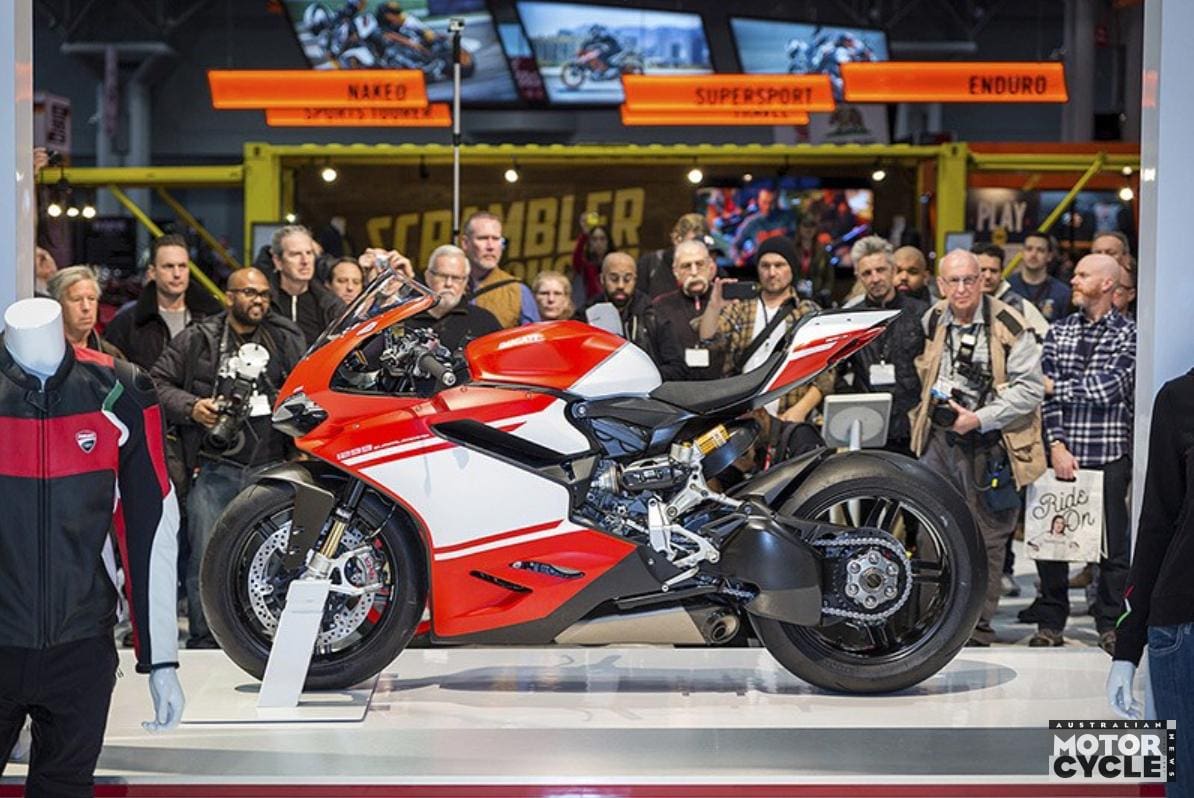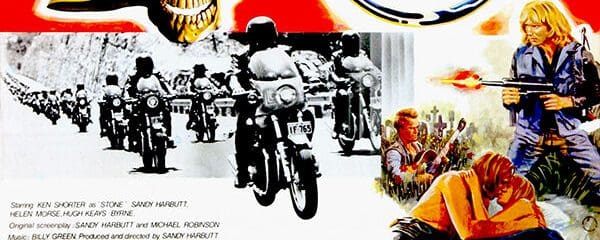Aprilia
Aprilia have been developing its roadbike-engined GP bike all year and it has started to get quite competitive, the main issue now being an overly heavy engine.
The new GP engine is supposed to arrive early next year and will be a lot smaller and lighter.
Right now however Aprilia are trying to find the right weight distribution for the Michelins; getting more weight on the front by dragging back the steering heads and extending the swingarm. It is apparent that this isn’t working as well as one would have hoped with the rider suffering several crashes.
Ducati
Ducati were going down a similar route to Aprilia, longer swingarm settings and more weight on the front but they also had an interesting array of measurement equipment on display. There were laser ride height sensors attached to one swingarm; perfect for calculating the rolling radius on the new rear tyre as it is worked under the bike. Both Dovizioso and Iannone had their bikes covered with three axis accelerometers to build a proper digital record of the way the bike is moving.
Given the worries about the Michelin front Ducati was measuring its surface temperature with a series of small heat sensors hidden inside the front mudguard. These record data from over the whole tread width. Ducati also had one new frame, only two weeks old, it clearly has some differences to the Bridgestone version but it wasn’t easy to discern what they were.
The wing designs were also being changed to try and provide the correct down force at different points on the track.
Honda
Both Marquez and Pedrosa had two new bikes to test as well as their Sunday race bikes. The body work was partially blacked out but it was the chassis, or more specifically the swingarm that was interesting.
On the 2016 prototypes the swingarm was about 20mm longer than on the 2015 bikes. This is a small change, but it also makes one think that the solution might not be far off that.
Each rider had one new bike with an engine set up as they had it in 2015, and the other was a new revised engine designed to be less aggressive while also being more powerful. The additional fuel seemed to be stored right at the bottom of the tank and in the area in front of the rider.
Testing also included the new software, anasd that left the team in no doubt that there was more work to do. It also made decision-making on the engine tune for next year very difficult. On the first day the control software seemed very erratic and apparently had a mind of its own, opening up a closed throttle for no discernible reason.
Marquez crashed twice, once on each day of the test, but he was also fastest overall, and it’s difficult to believe he did that fast lap using the new software.
Yamaha
There is no doubt that Yamaha have done the most work getting a bike ready for next year. Looking at the experimental M-1 the wheel base doesn’t appear to have changed; nor has the swingarm length. Indeed the one external change we can see is the fuel filler has been moved to the tail section.
That means the fuel tank now extends even further back than it did before. That alone would be illogical, but as Yamaha has shown several times before, its inline four cylinder engine is much easier to move around in the chassis than a Vee 4.
The only explanation from what we can see is that the engine has been moved forward, and possibly up, in the chassis, just enough to add a little load to the front tyre while at the same time allowing fuel to go back. To keep the centre of gravity height where they want it, and to prevent it changing its height as fuel gets used, they have kept all of the fuel, including the additional two litres allowed in 2016, under the rider’s seat.
Keeping the wheelbase relatively short should help the Yamaha enter corners quickly, and spreading the weight front and rear may allow better rear wheel braking than before. The works prototypes both had new engines using new plug in starter motors; this allows the slipper clutch to be set up however you like with no need for the clutch to hold together on a starter block. This may become important as Yamaha work out how best to use the new tyres. They also had torque sensors on the output shafts so that the throttle system could be calibrated for a smooth response.
Rossi and Lorenzo tested on both days and, with their prior Michelin experience to help them, and didn’t crash once. Clearly the tyre gives a small warning before the front lets go but it is very small and if you miss it you are down.
Yamaha had major control software issues on the Tuesday but made big improvements by Wednesday. Suspension settings were being changed all the way through to the end of the test as the team sought to make that initial small warning bigger and more predictable.
Bradley Smith and Pol Espargaro both had one of the 2015 works bikes to try, these have the I section beam near the headstock, it seems that this helps ‘turn in agility’.
Despite being too long at the front for the new Michelins, Smith liked the new chassis a lot. The same couldn’t be said for Espargaro with several crashes to his name, one of his bigger crashes costing a very disgruntled Yamaha more than €300,000 and leaving top executives wondering where to send the invoice.
Suzuki
Compared to Yamaha and Honda, Suzuki had nothing new to try. The test team was present with both test riders trying out both the new tyres and software. The main team were looking for a set up that would let them ride the tyres without crashing while using the teams own 2015 software. In that they were only party successful with Aleix crashing three times but Maverick ending up second fastest.
There were no new parts but as expected the rear axle went right to the back of the swingarm and the headstock adjuster also came back. Suzuki has held off making another Bridgestone chassis and will now quickly build an initial Michelin version.
If I had to pick a winner I would say Yamaha are already on the right path, closely followed by Honda. Ducati and Suzuki are at least one test behind, but could catch up by the season start. Aprilia however have learned a lot but are stuck until its new bike is ready. But at least when it comes it will have been designed for the Michelins from the start. – NS
